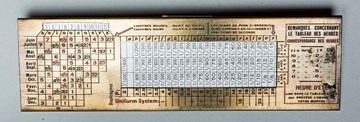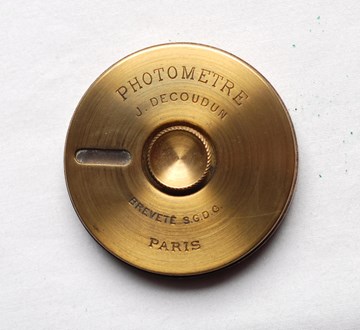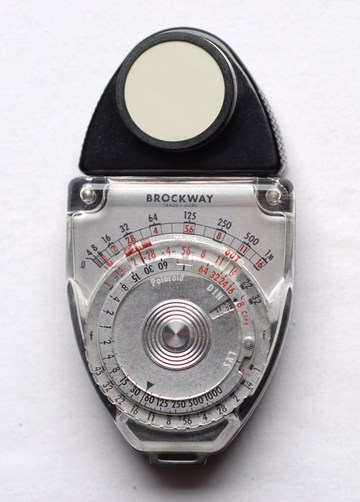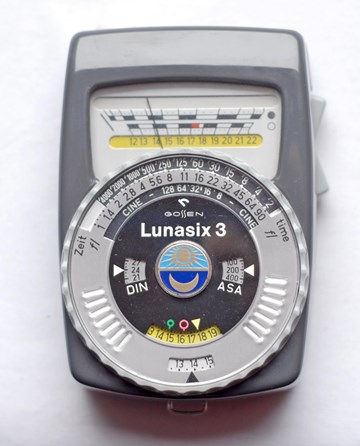
Exposure meters list




In the early years of photography, the exposure time necessary for the correct printing of the carrier sensitized to light was left up to the photographer, ultimately more judgment based on experience than on scientific calculations. Any attempt to define a stable sensitivity index for a given type of media would also be futile as those manufactured by craftsmen media had a variable sensitive layer. It is from industrial manufacturing time of the media that the first processes were invented. The exposure calculator appears on the market in the form of strips or pads. Extinction exposure meters have replaced computers and poses one of the first was the Lucimètre Limenci of Lanet in 1856; he had 16 squares numbered holes and the subject that was just visible through one of the holes had some illumination index to adjust the exposure time.
Photometers for comparison, such as Taylor 1885 photometer, using the light of a candle or other stable light source placed in a tube. The actinomètre gave references of exhibition hue for a given type of paper in ascending order of density that the user could take as a model for his shot. Talbot in 1840 was already using this method. The "Actinographe" of Hurter & Driffield in 1888, gave exposure time references according to the light the seasons, latitudes and times of day.
Finally, photoelectric exposure meters, 1873 more precise, using the variation of the electrical conductivity of selenium exposed to light. These become smaller exposure meters were integrated to cameras and then coupled to the diaphragm or the shutter. Selenium was then replaced with the photoconductive cells cadmium sulphide (CdS) whose resistance decreases as a function of exposure to light. Powered by a power source (battery), the exposure meters are either independent or in the camera housing they take the light through the lens (TTL).
I also inserted into this page of color temperature of computers which are also valuable for analyzing natural sources such as artificial lighting.

